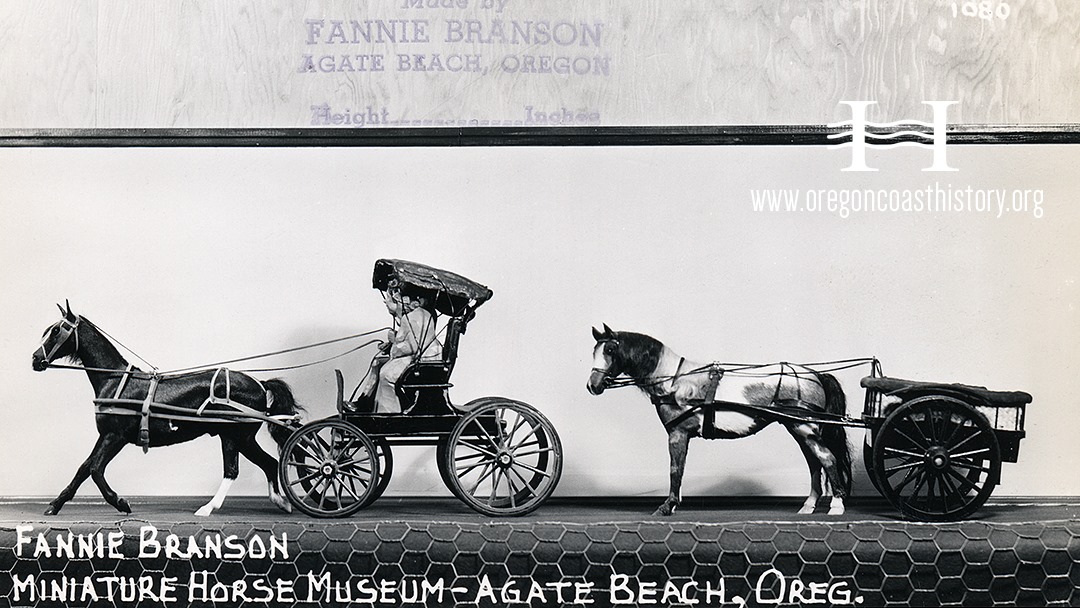The more I learn about the history of model horse figurines, the more I am amazed at the skill of the artists who create them, particularly handmade horse figurines. The horse figurines I'll share in this post predate the organized nationwide model horse hobby by several years.
Which of us has not visited the International Museum of the Horse and the Saddlebred Museum in Lexington, Kentucky (perhaps during BreyerFest), only to come away wishing we owned a handmade horse by Calvin Roy Kinstler or Francis Eustis like the ones on display?
 |
| Saddlebred by Calvin Roy Kinstler, at the American Saddlebred Museum, Lexington, KY |
 |
| Some of the Horses of the World, by Francis Eustis, at the International Museum of the Horse, Lexington, KY |
And many current collectors recall wishing they could afford a handmade horse by Idaho artist Virginia Orison, who advertised her work in Western Horseman and other horse magazines.
Back in their day, works by artists like Orison, Kinstler, and Eustis were not often found in a child's collection; rather, they were considered art or craft objects collected by adults, to be displayed in the home library, den, or mantlepiece.
 |
| Arabian by Virginia Orison. Author's personal collection. |
Predating Orison was another female equine artist, Fannie (Lamberson) Branson (1881-1965) of Oregon, whose covered balsa wood horse creations drew a great deal of public attention between the 1930s and 1960s.
 |
| Bend, Oregon Bulletin, 18 October 1952. |
Branson's work is not often found "in the wild," but occasionally we do hear of examples. Horsewoman Nancy Ecklund contacted me asking for information on Fannie Branson, because she owns an amazing model horse with handmade tack by Branson. She gave me permission to show her photos of the horse in this blog post.
 |
| Buckskin horse by Fannie Branson. Balsa wood, probably with calfskin covering and angora goat hair mane and tail. |
 |
| It even has a dorsal stripe! |
 |
| Branson marked her creations with tiny metal plaques on their undersides. |
Other examples of Branson's horses are in the collection of the Lincoln County, Oregon Historical Society Museum. The Lincoln City News-Guard published a story in 2016, with this photo.
The Nelson Museum of the West in Cheyenne, Wyoming also owns two examples of her work.
The Lincoln County Museum shared this good summary of Branson's life and horses, with photos, on its public Facebook page.
 | |
|
Fannie (Lamberson) Branson was born in Cow Valley, Oregon in 1881. She was raised on a ranch in Malheur County where she learned horsemanship riding herd and honed her whittling skills. Branson shattered her hip at an early age when her horse tumbled on top of her and suffered from chronic pain and reduced mobility for the rest of her life.
This accident didn’t slow her down. Fannie married Jay Branson in 1903 and by 1935 they were operating the nation’s first Roquefort cheese factory in Scio, Oregon. They later moved to Agate Beach where Branson started a business selling intricate miniature horses she carved by hand. They eventually opened a museum where Branson displayed her work, which in 1951 alone had over 6,000 visitors.
 |
| Source: the public Facebook page of the Lincoln County Historical Society, Newport, Oregon |
Branson’s horses sold well, and they appeared in collections around the world. As Branson once told a local reporter, “…something that kept me from feeling sorry for myself for being crippled became a full-time business…”
When her health began to fail in 1964, Fannie arrived at the hospital with a small suitcase of model horse parts to work on. Today her 600-800 masterpieces are scattered across the globe, and we are happy to have her work in our collection.

| Source: the public Facebook page of the Lincoln County Historical Society, Newport, Oregon |
 |
| Front of postcard from Fannie Branson's miniature horse business, showing a Pinto with Western tack. (Source: eBay) |
 |
 |
_________________________________________________________
Many thanks to Nancy Ecklund for allowing me to use the photos of her Fannie Branson horse. Thanks also to Tina Dils, one of the hardest-working and kindest people in the model horse hobby, for connecting us.
The January 1946 edition of Popular Mechanics ran an article with photos on Fanny Branson. You can access it here:
The Lincoln County Historical Society website is here: https://oregoncoasthistory.org/
The Nelson Museum of the West's website is here:.jpg)















What an amazing woman & what a life she led! Thank you for writing about her (& all the work & research you do to share these articles!).
ReplyDeleteOn a second reading this is even more fascinating, especially the part about how Fanny inspired other miniaturists. My heart aches for her injuries. But one cannot claim she was "born too soon."
ReplyDeleteA "gray digger" is a squirrel. (17th photo)
ReplyDelete